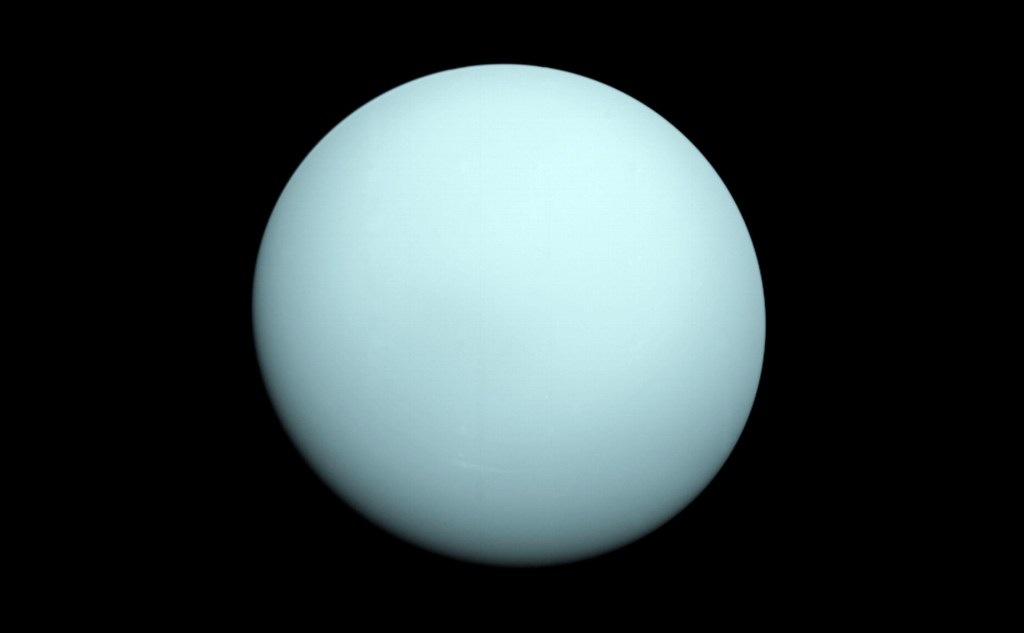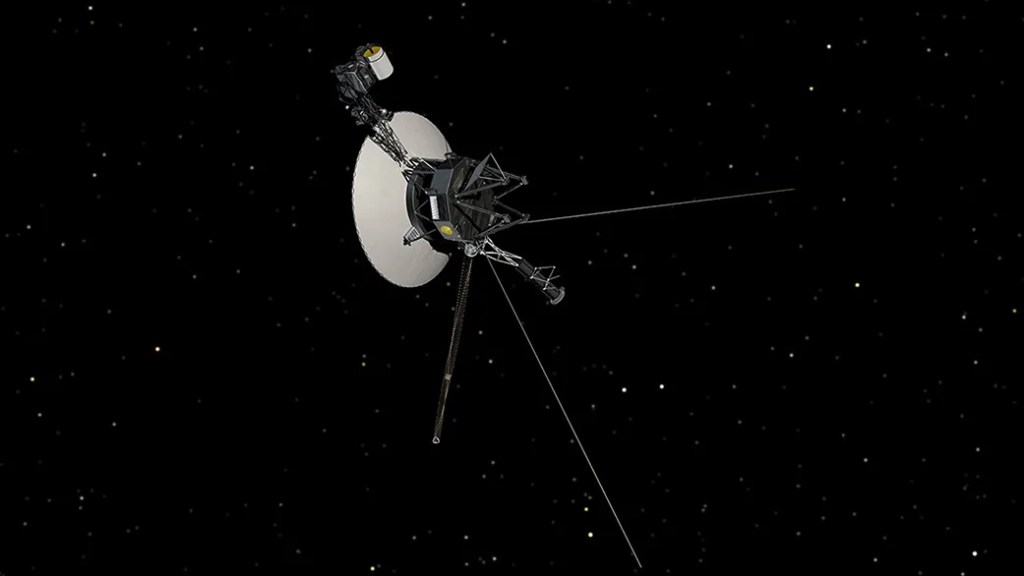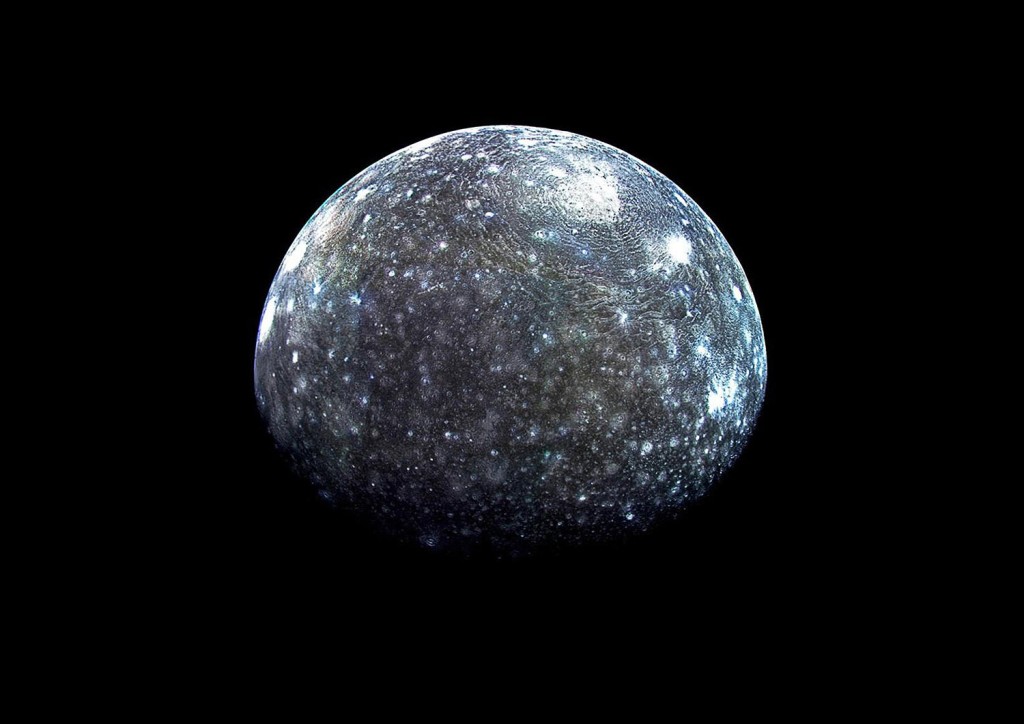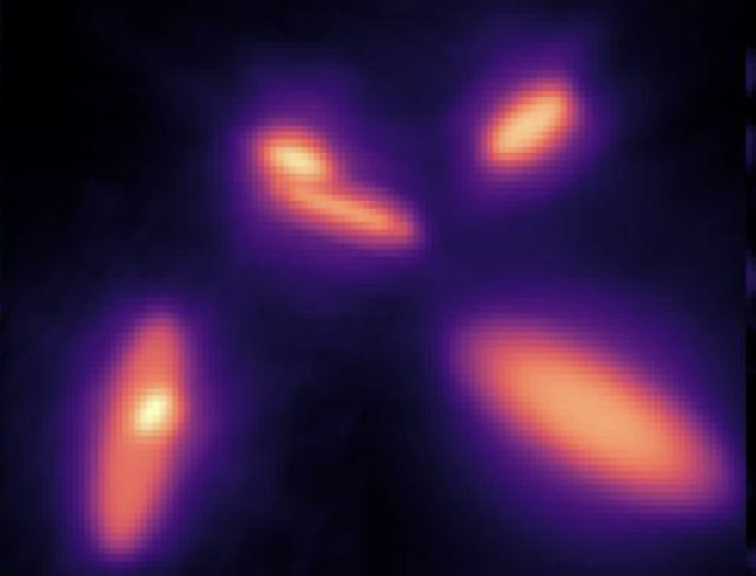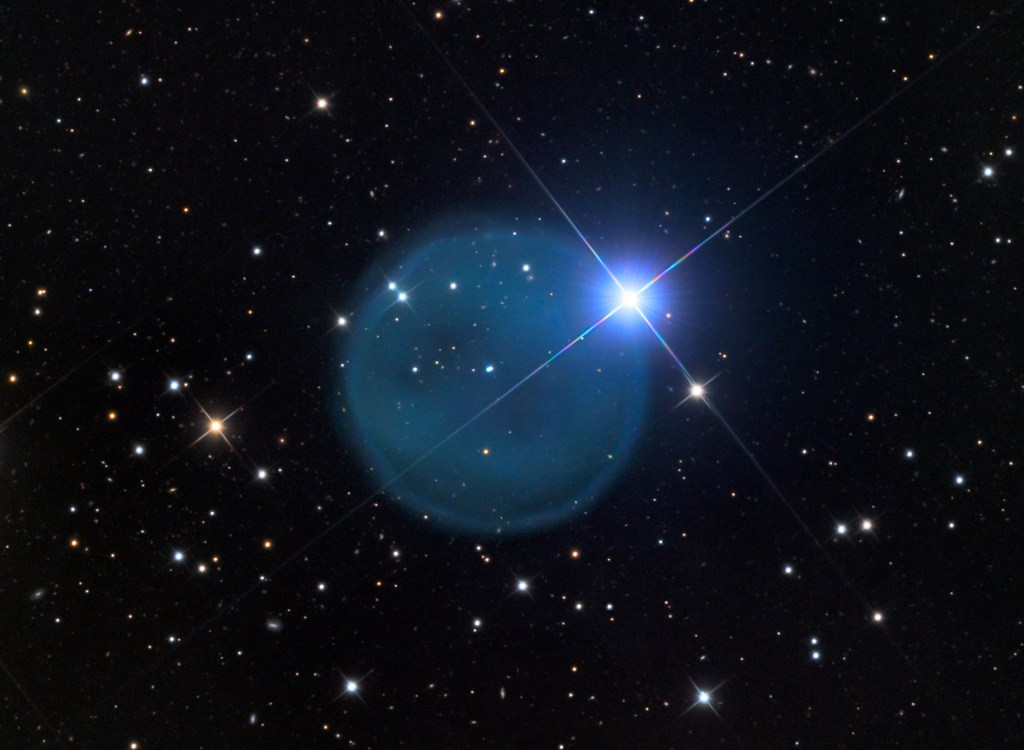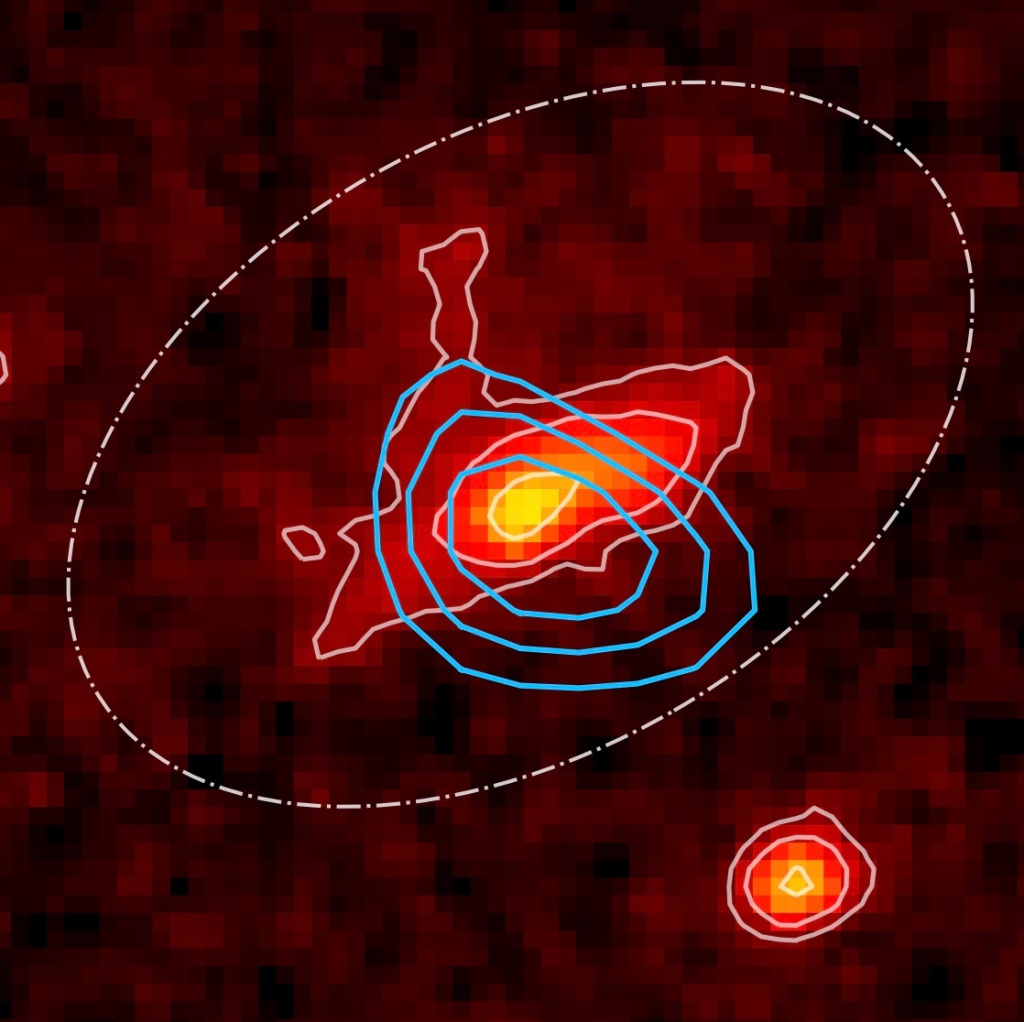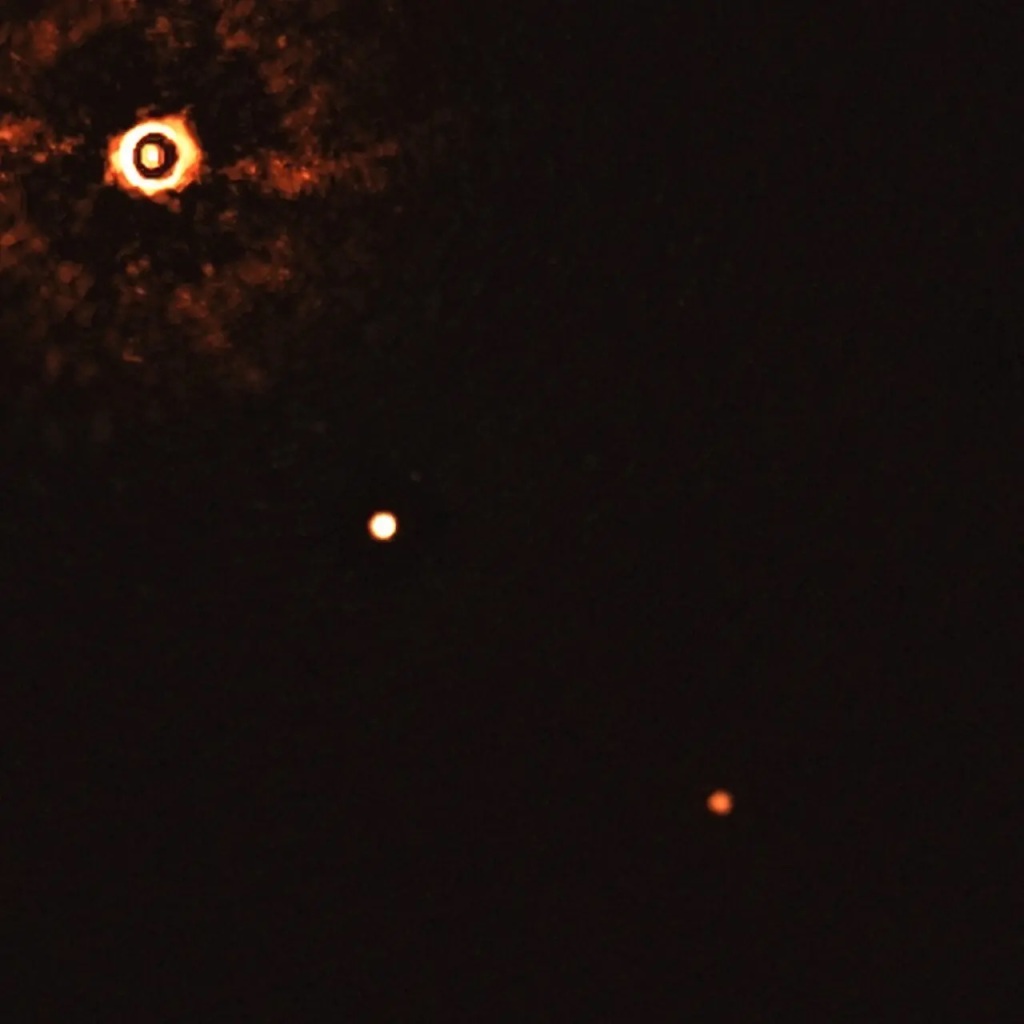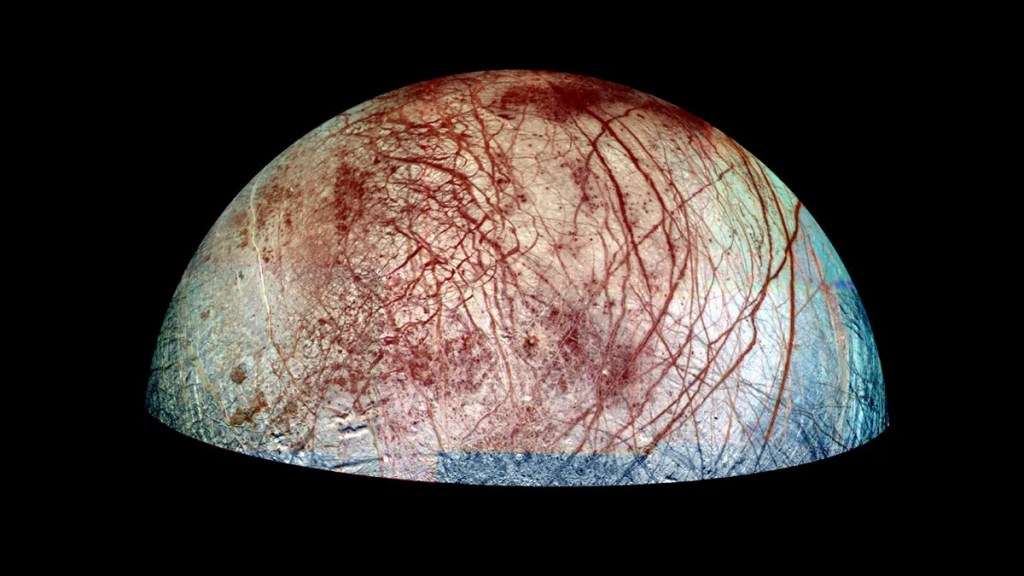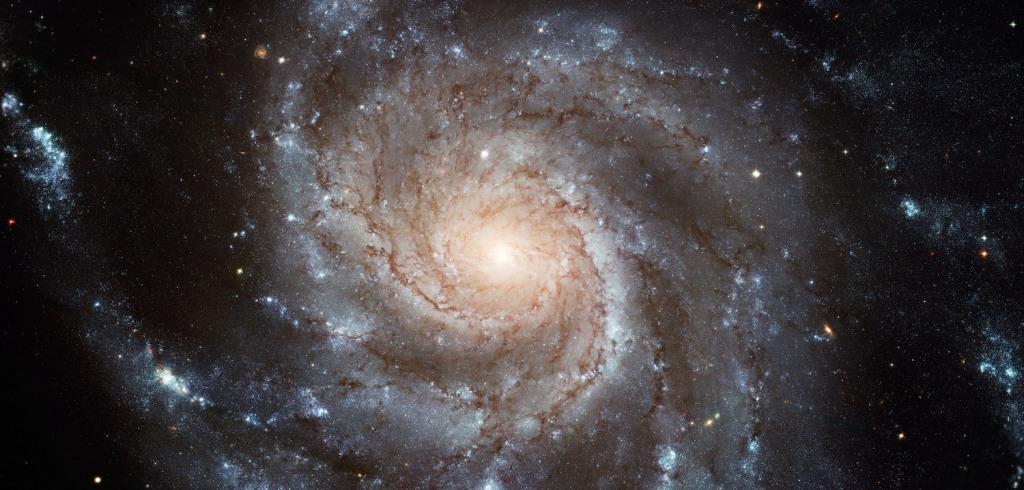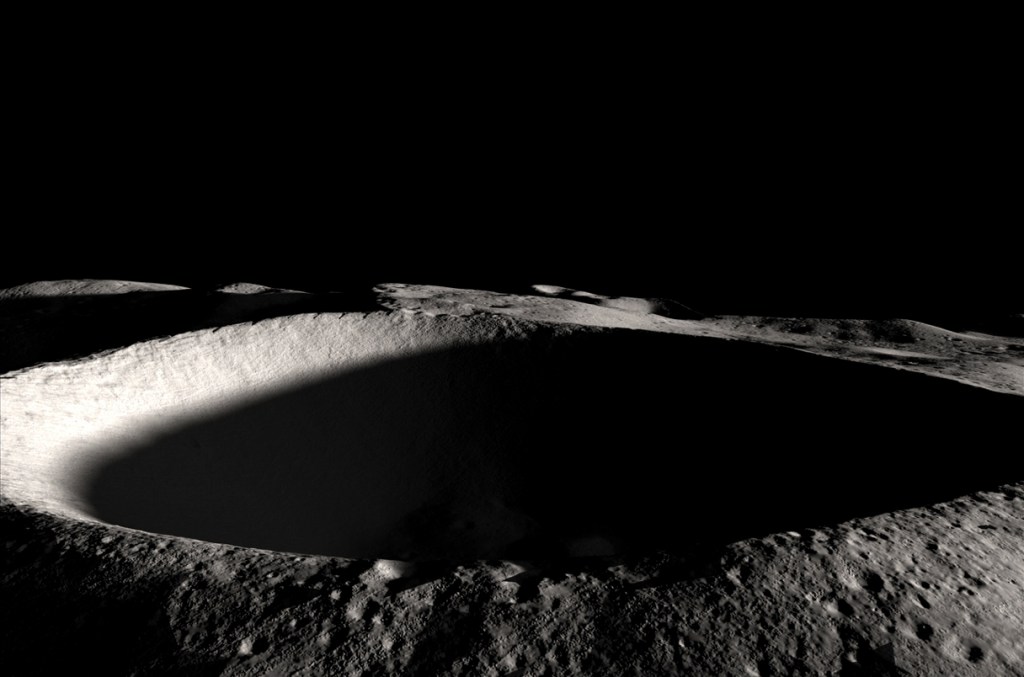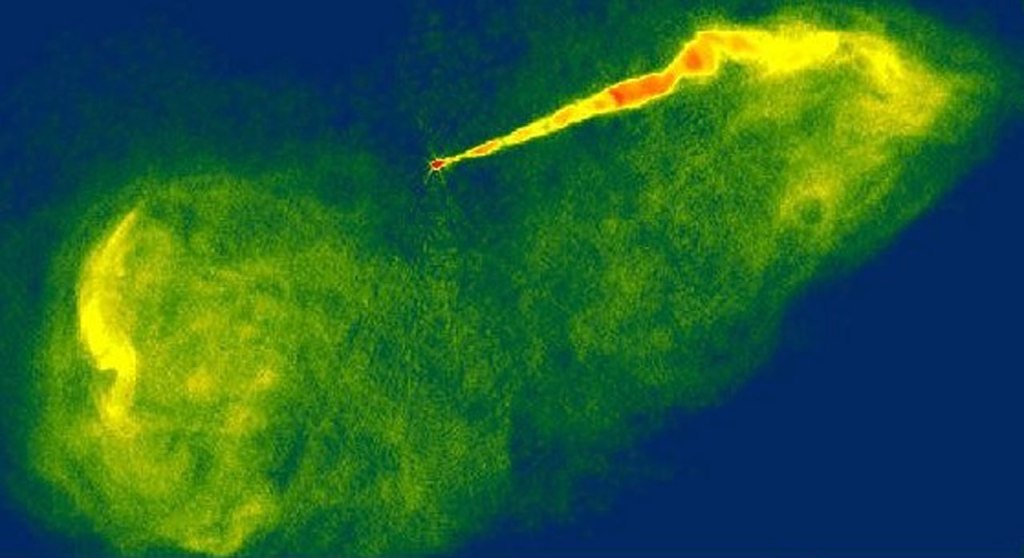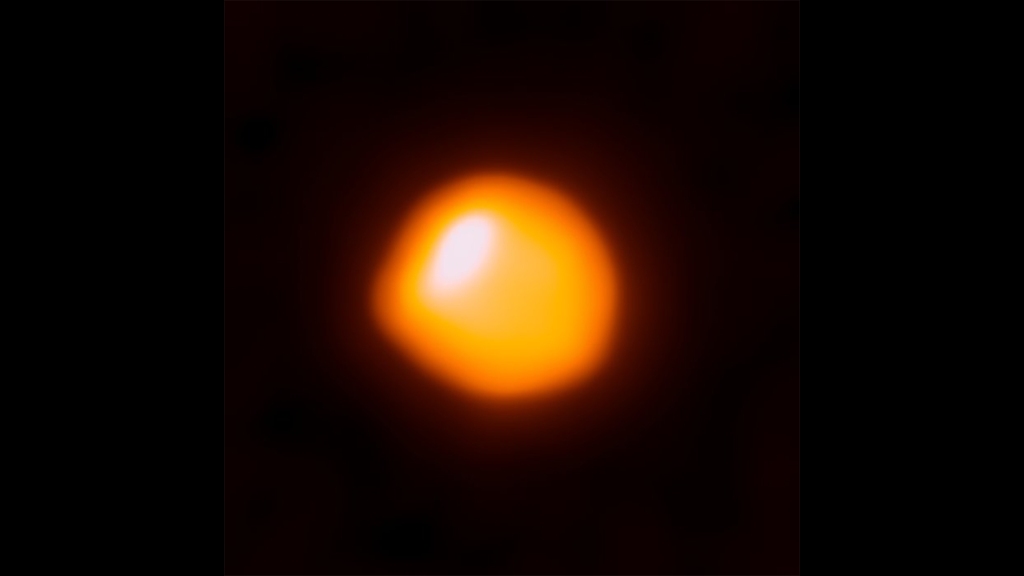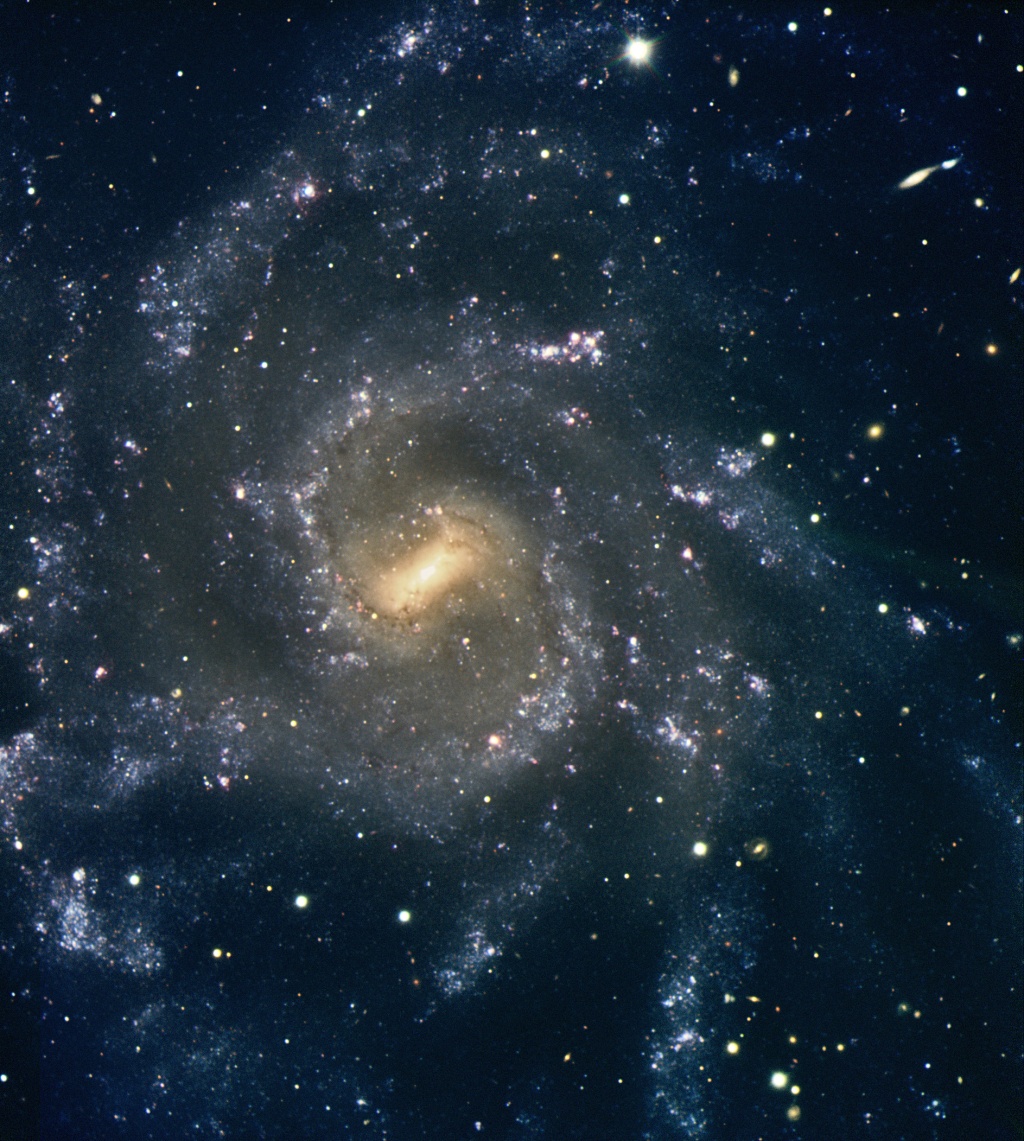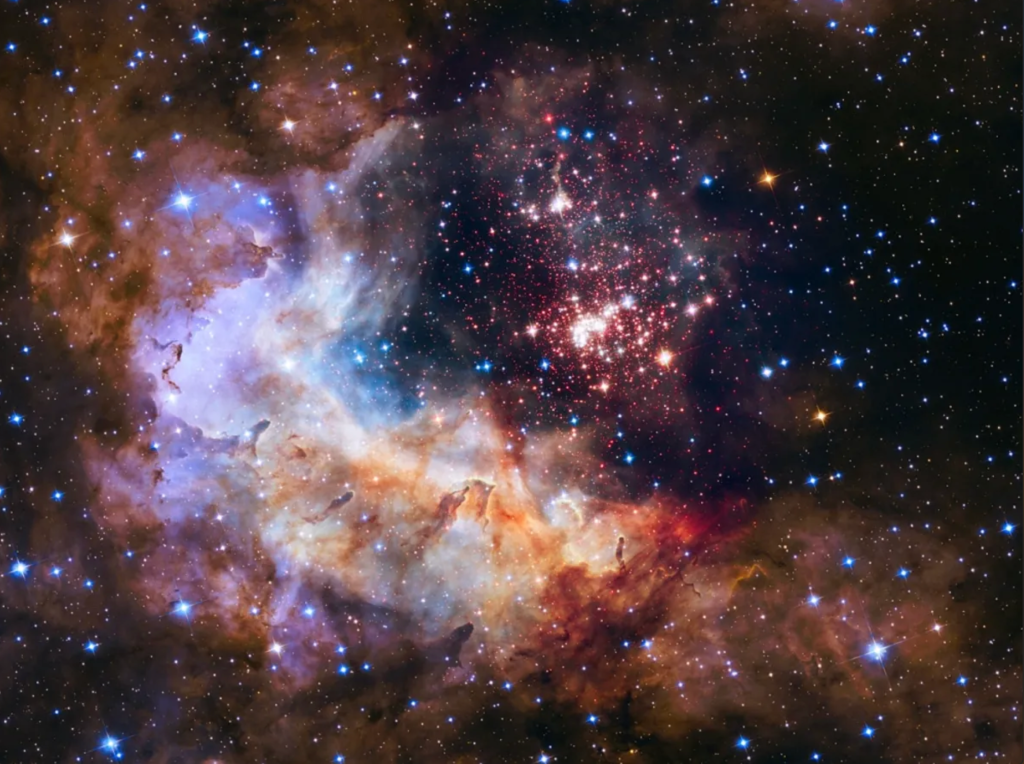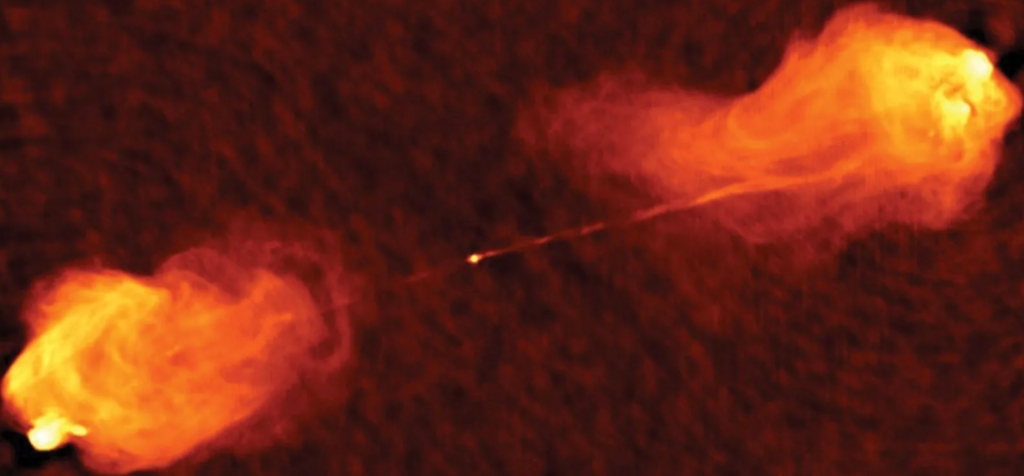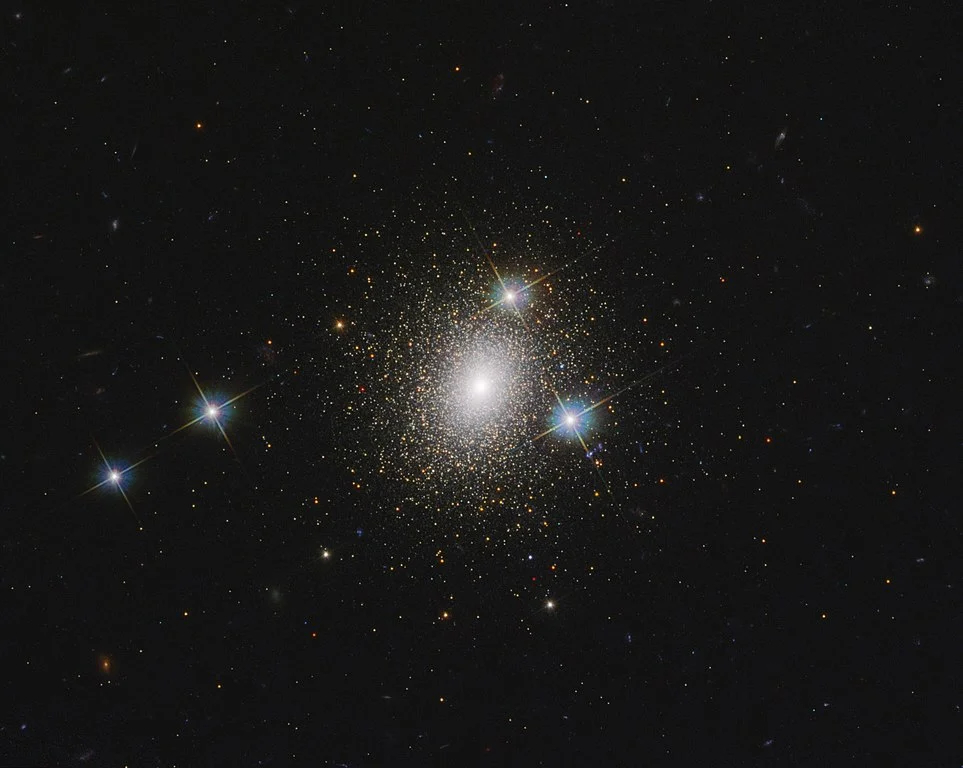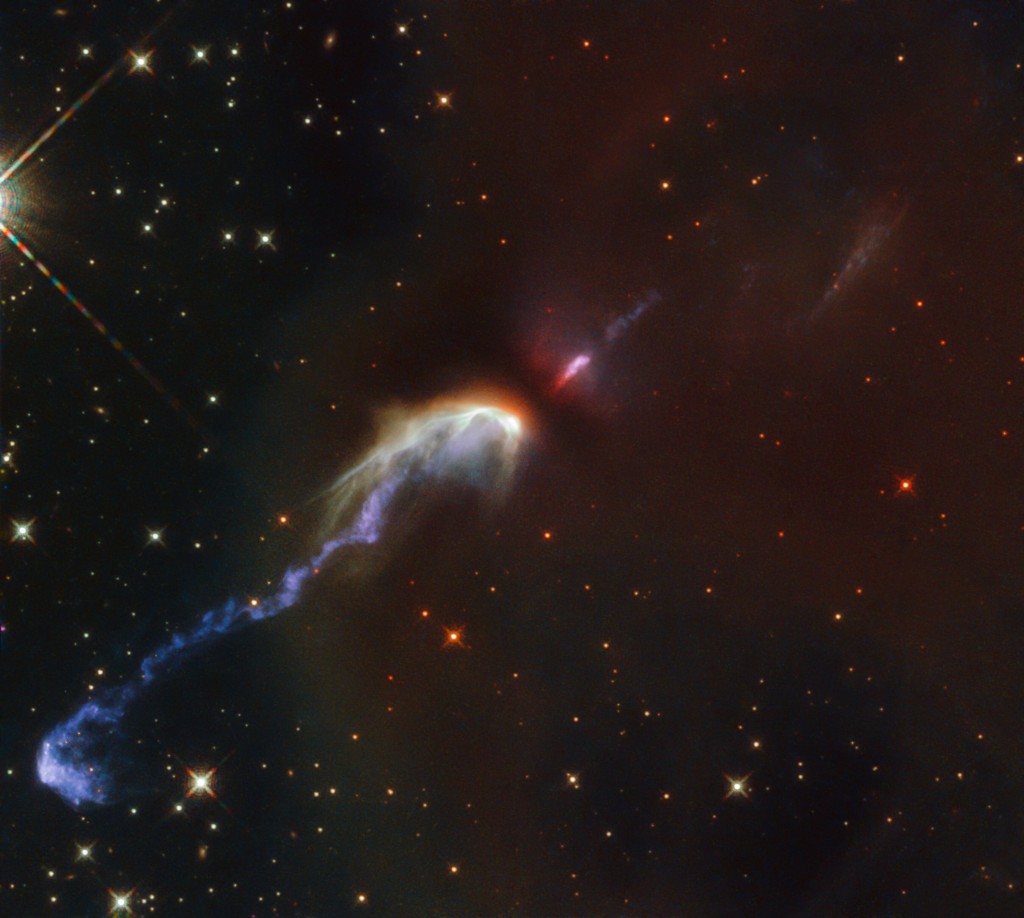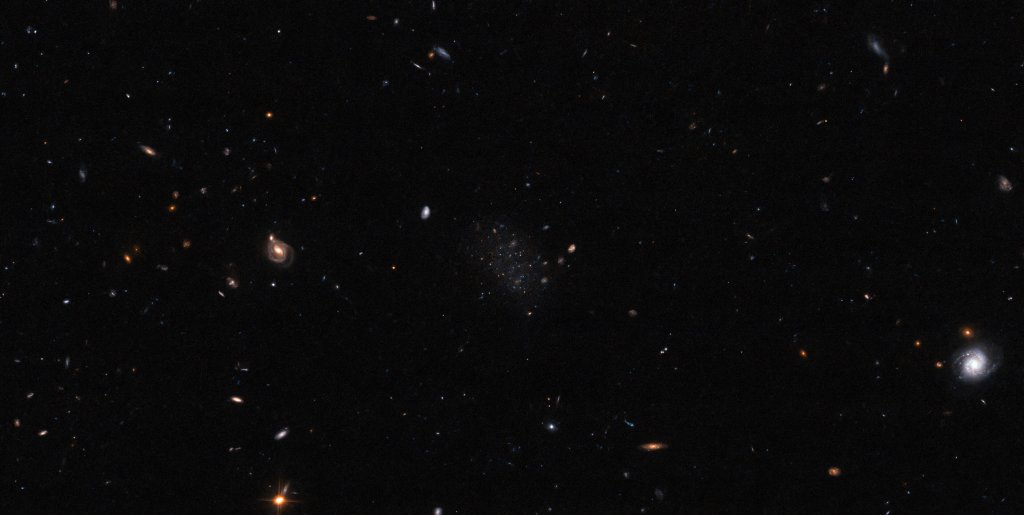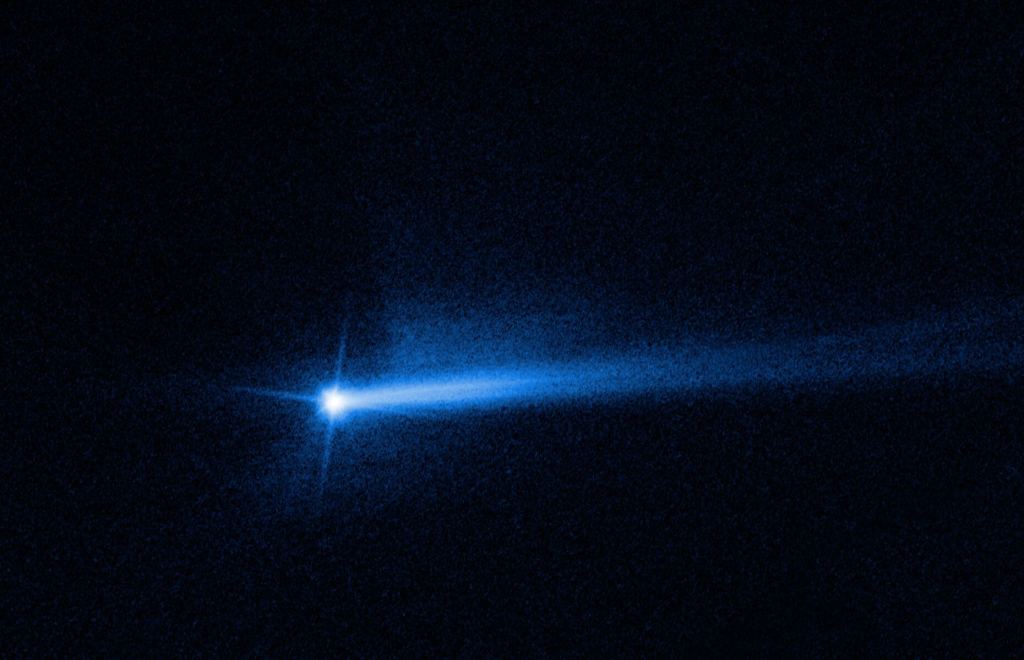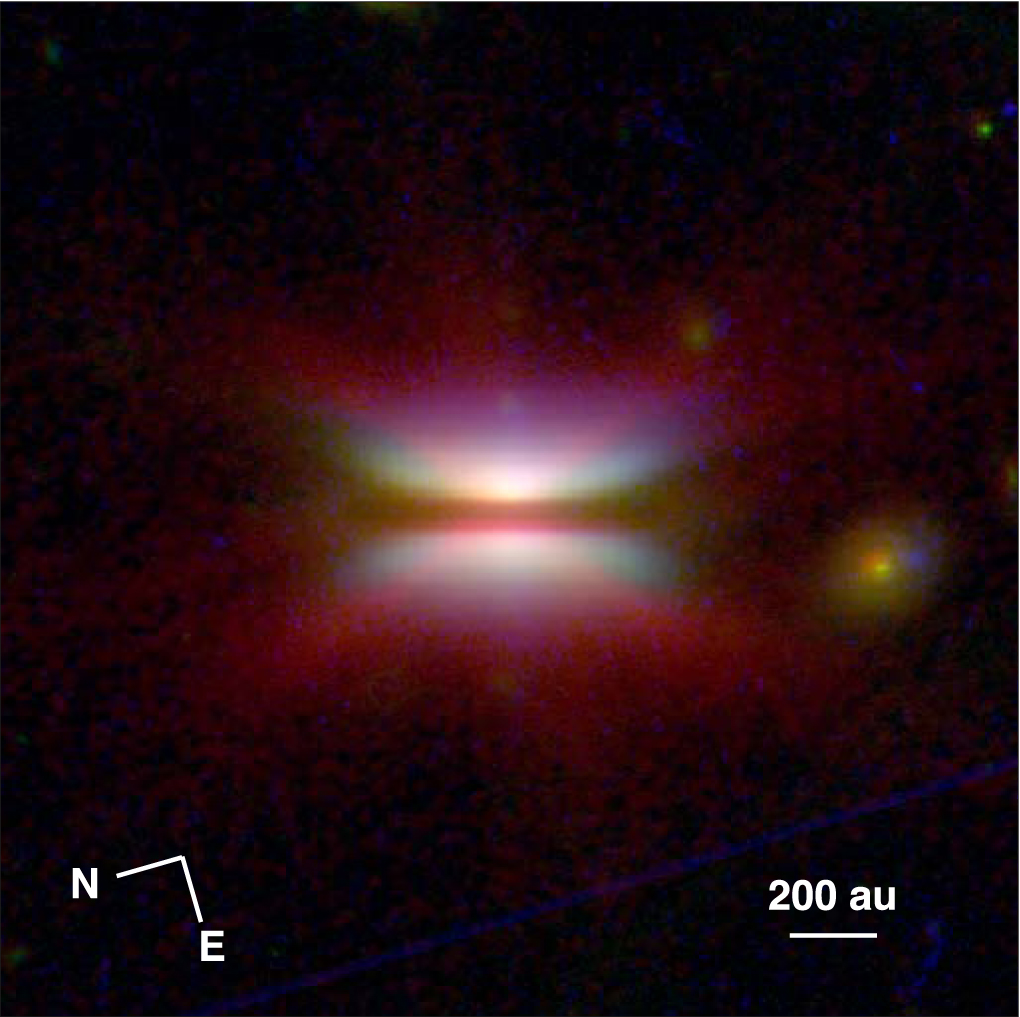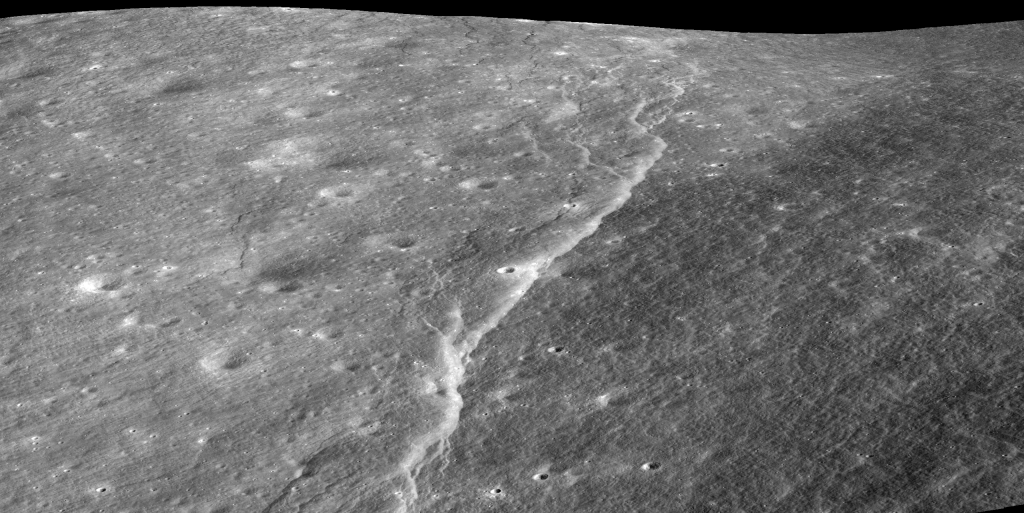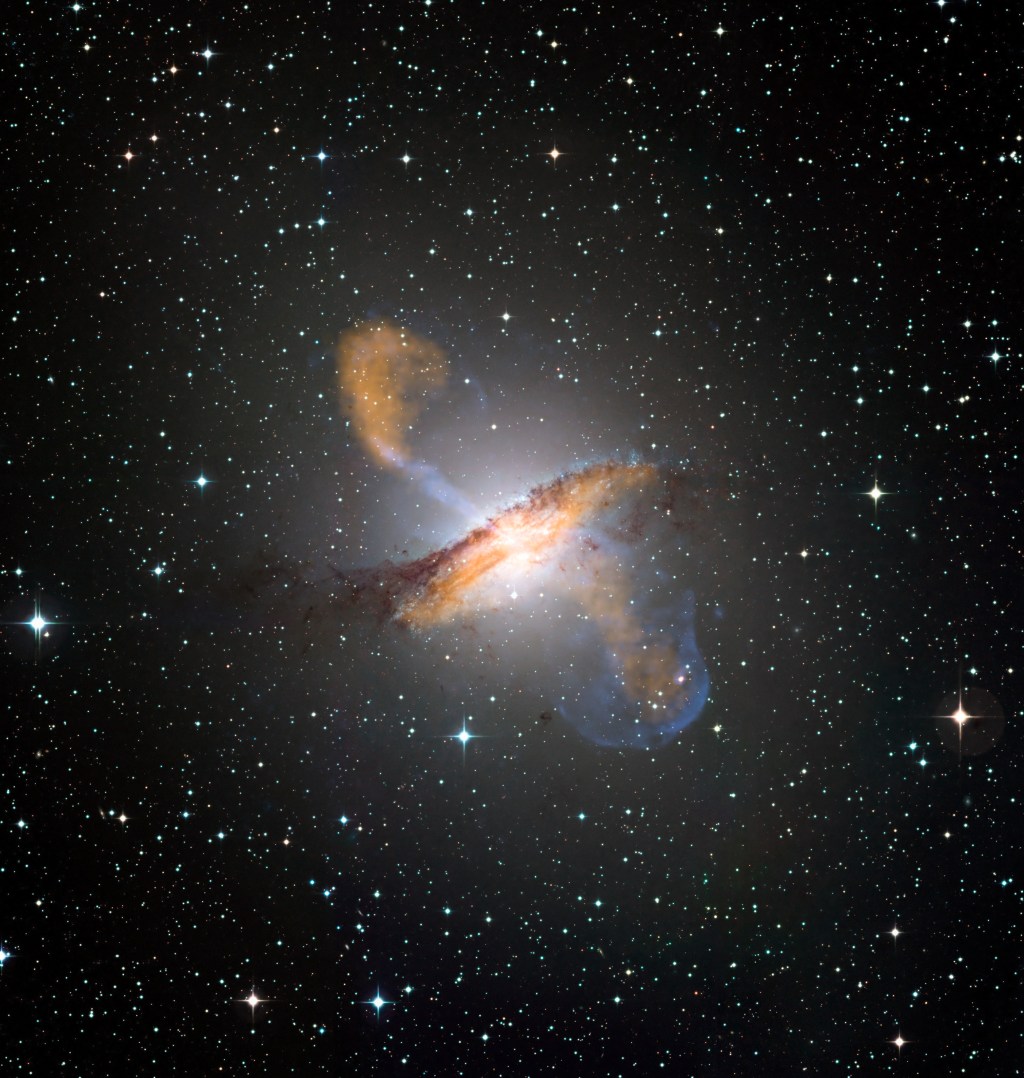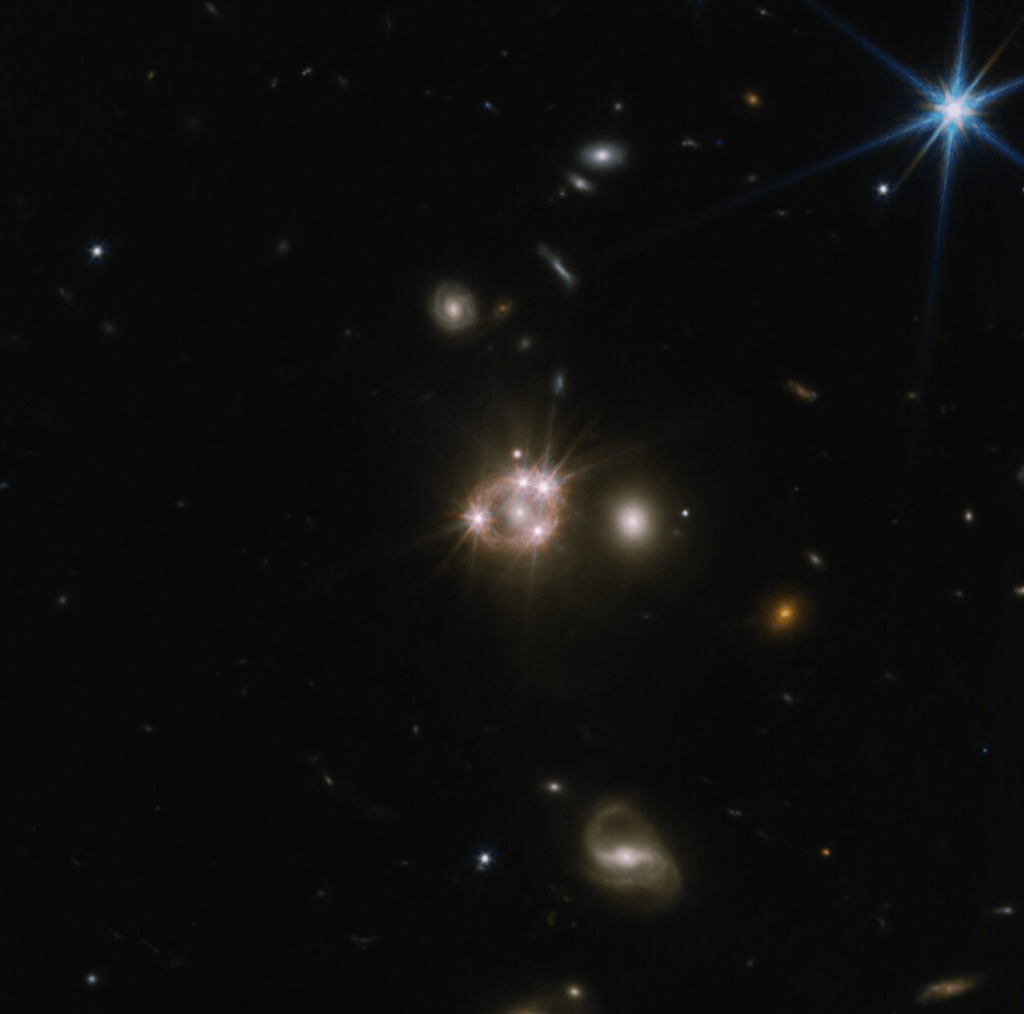Latest
-

New Insights into the Haumea System Reveal Complex Satellite Interactions and Potential for Future Discoveries
In a recent study, astronomers have advanced our understanding of the complex dynamics of the Haumea system, a dwarf planet located in the Kuiper Belt, beyond Neptune. Haumea is known for its rapid rotation, unique shape, and the presence of two moons, Hi’iaka and Namaka, along with a ring system and a family of spectrally…
photo of the Week
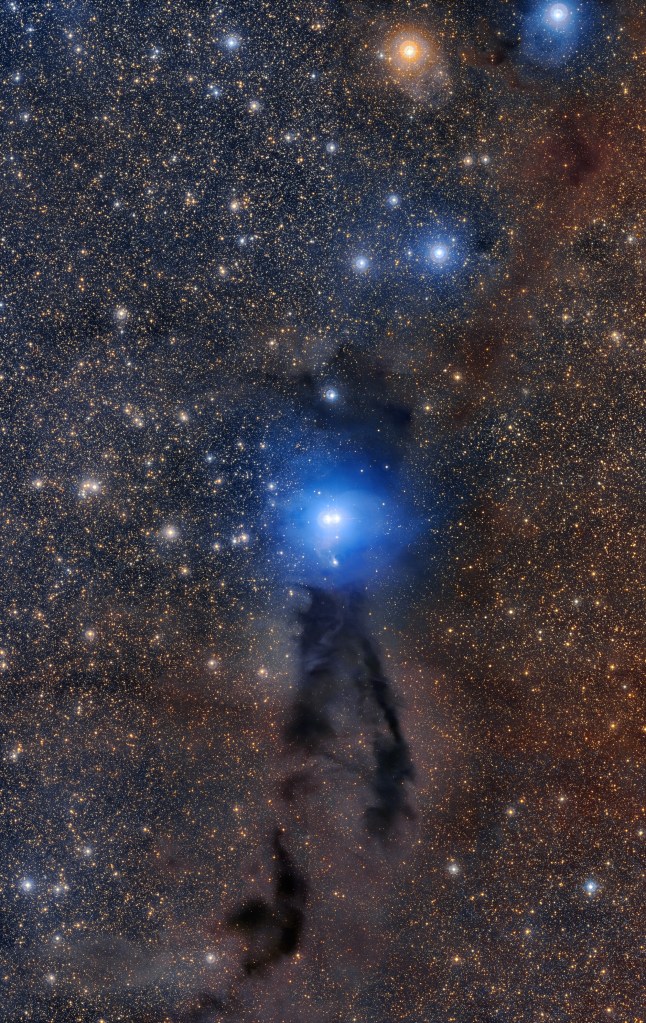
Out of Darkness, Light: The Star-Forming Region of Lupus 3
Lupus 3 is a star-forming region located in the constellation Lupus, and lies roughly 600 light-years away from Earth. This region is part of the larger Lupus Cloud Complex, a series of dark nebulae that stretch across the constellation.
The Lupus 3 cloud is a dense and dark molecular cloud, obscuring the light of the stars forming within it. This obscurity is due to the thick dust that pervades the region, making it an excellent place for astronomers to study the early stages of star formation. The process begins when the dense parts of the cloud begin to collapse under their own gravity, leading to the birth of new stars. These young stars are often surrounded by protoplanetary disks, which might eventually evolve into fully-fledged planetary systems.
What makes Lupus 3 particularly captivating to astronomers and astrophysicists is the presence of very young stellar objects (YSOs), including T Tauri stars. These are stars in the earliest phase of their development, not yet undergoing nuclear fusion in their cores. Observations of Lupus 3, using both ground-based telescopes and space observatories like the Hubble Space Telescope, have revealed a plethora of such stars, providing invaluable insights into the mechanics of star birth and the conditions that lead to the formation of stars and their planetary systems.
Lupus 3 is not just a star-forming region; it’s a window into the processes that shaped our own Solar System and those across the Milky Way galaxy. Its study contributes significantly to our understanding of the universe’s lifecycle, from the dust in dark clouds to the emergence of stars and planets.
Source: ESO/R. Colombari


